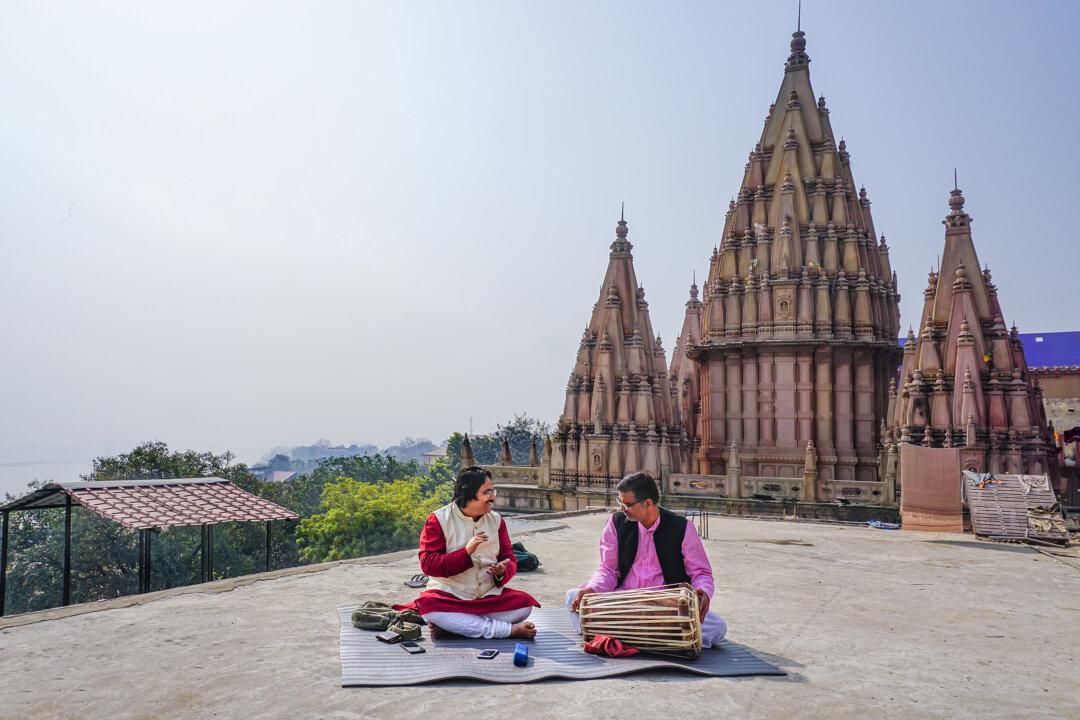VARANASI—Supriyo Maitro is an A-graded vocalist in Dhrupad, the most ancient tradition of classical Indian music. He has performed on both television and radio and is no stranger to large audiences. Yet he hasn’t experienced what the best in his field have described as sadhana, or practice on a divine path in India’s ancient yogic traditions.
Sadhana simply means the cultivation of one’s spirit for self-realization, and Dhrupad—a form of music that can be traced back to one of the oldest Hindu scriptures, the “Sama Veda”—can be seen as a meditative tool.





